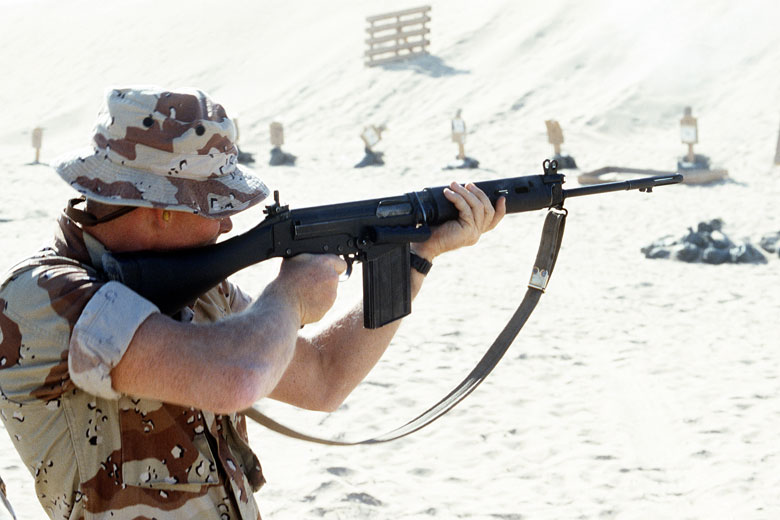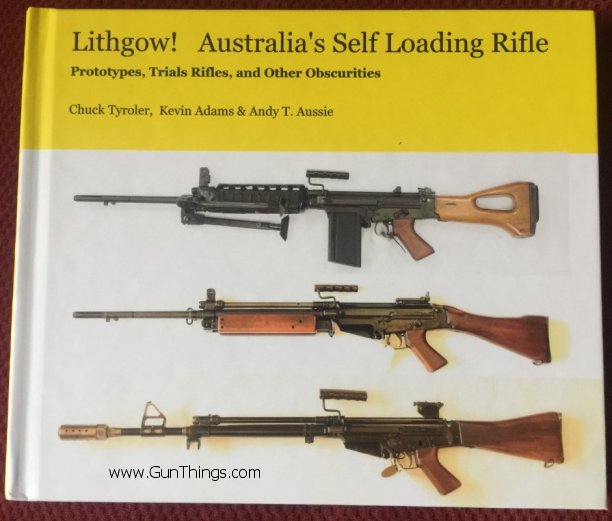

UK, Canada, Australia), have folding cocking handles, and were usually limited to semi-automatic fire (with the exception of squad support variants like the C2). Most Inch Pattern FALs were made in British Commonwealth countries (e.g. Interestingly, a complete Inch Pattern lower receiver generally speaking can be fitted to a Metric Pattern upper. Among the parts that don't interchange: the charging handle, the dust cover, and most internal parts trigger, selector, hammer, and sear. of the Inch and Metric patterns follow either the Imperial or Metric system of measurements and parts interchangeability is best described as low. As the names imply, threads, dimensions, etc. These are the "Inch Pattern", the "Metric Pattern" and the "India Pattern". In its initial military role there are four basic configurations of the FN-FAL rifle including ġ) FAL 50.00 (FAL) - fixed buttstock and standard barrelĢ) FAL 50.63 (FAL Para) - folding skeleton butt and short barrelģ) FAL 50.64 - folding skeleton butt and standard length barrelĤ) FAL 50.41 (FAL Hbar or FALO) - heavy barrel model (light support weapon)FAL's are also found in three major build patterns. Interestingly, Canada was one of the first countries to adopt the FN-FAL rifle in 1955 as the C1 - though EX-1 rifles were ordered in 1954. Nevertheless, the FN-FAL became synonymous with "Free World" military might.īy the time the FN-FAL was superseded by modern assault rifles, it had been issued as a standard arm in approximately 70 countries and was manufactured in at least 10 countries.

Interestingly, warsaw pact nations, in a very forward-looking move, standardized on the AK-47 in an intermediate assault-rifle cartridge - the 7.62x39. Apart from the M14, the FN-FAL's primary competitor in the western world was the CETME and/or German Heckler & Koch G3. With the greatest exception being the United States, most NATO countries adopted the FN-FAL as their standard infantry rifle with relatively minor changes from country to country. The FN was also very nearly the US standard issue infantry rifle, but the M14 edged it out by a very narrow margin in trials. The UK would eventually adopt the rifle, as the L1A1 (also referred to as the "SLR" or "Self-Loading Rifle"), in 1957. Part of the change in policy also saw the UK adopt the 7.62 NATO cartridge at the urging of their American allies. 280, but a political party change that saw Winston Churchill returned as Prime Minister put a stop to the planned deployment of the EM-2 and the FN-FAL re-entered the picture as a strong contender.

The US was also working on new rifle designs, namely the T25 prototype, later re-designated as the T47, and an M1 Garand variant, the T44 which would ultimately become the M14. 30-06 cartridge which would eventually spawn the 7.62x51 mm and its commercial counterpart, the. Meanwhile, the United States was working on a shortened version of the. 280 cartridge which it was proposing as the new standard. The United Kingdom (UK), at that time, was developing a bullpup rifle known as the EM-2 and had paired it with a new. As an interesting side-note, the FN-FAL design was initially developed around the intermediate 7.92 Kurz cartridge of StG44 fame. Fabrique Nationale hoped it would be a strong contender as the new NATO rifle. The FN-FAL was designed concurrently with the SAFN49 by Dieudonne Saive and Ernest Vervier and borrowed heavily from the SAFN49 design. The SAFN49 was very popular in its own right and was eventually adopted by at least 8 countries and was offered in a number of full-sized military chamberings.Īt about the time the SAFN49 design was reaching maturity and was being subjected to trials by various countries, the fledgling North American Treaty Organization (NATO), founded on April 4th, 1949, was looking to better standardize infantry rifles among its member nations - enter the FN-FAL. One such rifle was the SAFN49 produced by Fabrique Nationale of Belgium and designed primarily by renowned firearms designed Dieudonne Saive. While none of those guns was perfect, each had features that would subsequently turn up on the next generation of battle rifles. The second world war had demonstrated to the world the benefits of the self-loading rifle, particularly following the popularity of rifles like the M1, G/K43 and the SVT-40. Observations: (by "Claven2" and "Navyshooter")

The FAL Rifle, Deluxe Classic Edition, 1993, by R Blake Stevens and Jean Van Rutten, ISBN-10: 0889351686 Wikipedia Navyshooter's SUIT page FN-FAL information webpage 6 groove, Right hand twist, 1/12 rateīarrel Length.


 0 kommentar(er)
0 kommentar(er)
